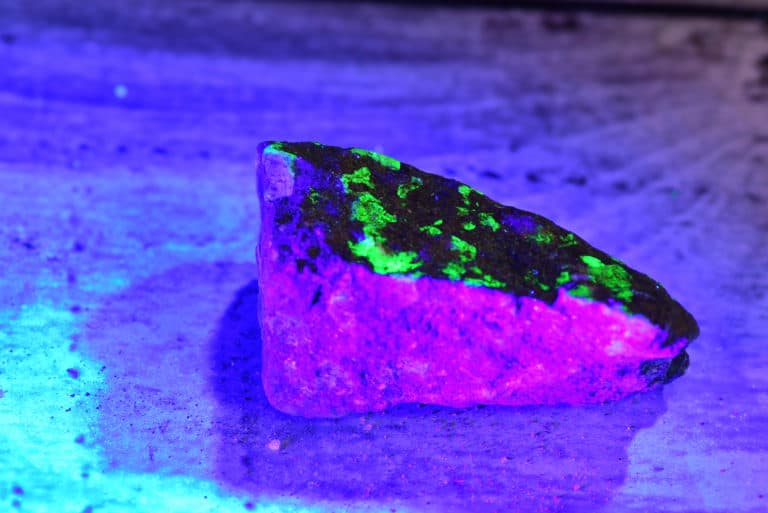

*This is not the venue, but don’t get me started on gravity. So whether you want to throw a “Rave” and know for sure who’s been brushing their teeth, or check your hotel sheets for blood, urine, and semen, black light is a phenomenon that everyone seems to enjoy! So shut off all the visible light sources and let the black light show you what you most likely never wanted to see! The filter absorbs the rest, which is why this type of black light tends to get extremely hot, even for an incandescent bulb, and has a short lifespan. All of the light that is created by the heated filament is filtered out, except those waves in the infrared and UV-A spectrum. The difference between the two is the filter that is added to the bulb.

These work more or less the same as any standard household incandescent bulb. The second type of common black-light is and incandescent black light bulb. This is why black lights appear to be a shade of purple to the naked eye. “Black” glass tubes will naturally block out the small amount of visible light created by the energized mercury so that most of what comes through is UV light and a small amount of visible wavelengths of light that are the closest to the UV spectrum, those being shades of dark blue and violet. Instead of creating light in the visible spectrum, the coating absorbs harmful UV-B and UV-C light waves and creates UV-A waves. The main difference is in the phosphorus coating. The “tube black light” is very similar in design to a standard Fluorescent bulb. To get the visible light out of the bulb, a phosphorus coating is applied to the glass and reacts to the UV waves and creates the visible light hospitals everywhere are famous for!įor black-lights, there are two main designs most commonly used. Most of what is produced is already in the UV range. Only a small amount of the light is in the visible spectrum. They add a small amount of mercury inside the tube, or bulb, that will give off light photons when energized.

The construction of bulbs that create UV light is fairly simple, though there are several different ways to go about making “black lights”.Ī normal Fluorescent bulb creates light by channeling electricity through a conductive inert gas. Right in the middle of these is a sliver of the spectrum that we can see with our human eyes, namely visible light waves. Electromagnetism is one of the four fundamental forces in the universe, the others being gravity* and the nuclear weak and strong forces This “light” radiation comes in many forms you probably recognize, from the long wavelength (low frequency radio waves, microwaves, and infrared waves), to the shorter wavelength (higher frequency ultraviolet waves, x-ray waves, and Gamma-ray waves). Light is merely electromagnetic radiation. The end result being, you cannot see the majority of the light coming from the source, but you can see its reflection off of objects containing phosphors. This wavelength is in the range that we can “see”. When the UV light wave is reflected back to your human eyes, it now has less energy, therefore a shorter wavelength. When the electron falls back to its normal state, some of the energy is lost in the form of heat. When a photon from UV light hits the phosphorous material, it causes the electrons to get excited and stray farther from the nucleus than they normally would. This glow is created by the special way phosphors use the energy from UV light. When a UV light wave hits an object containing substances known as phosphors, those phosphors will naturally fluoresce, and glow. The difference is that black lights emit most of their light waves just outside the range humans can perceive, in the Ultraviolet (UV) part of the spectrum. Today I found out why black lights make things glow.īlack lights are not that different from any other type of light, whether incandescent, fluorescent, or just the age old candle flame.


 0 kommentar(er)
0 kommentar(er)
